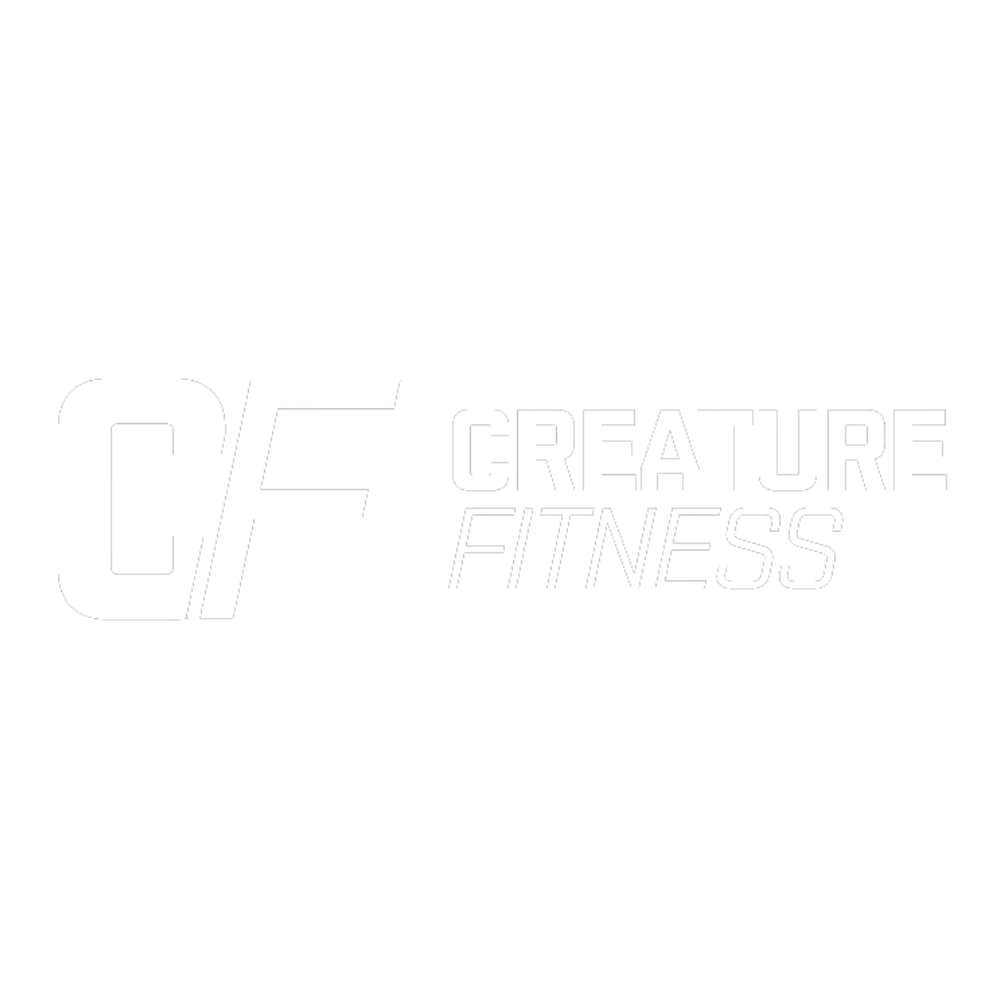1. Sleep Deeper.
Sometimes sleeping the 7-8 hours may not be enough if the sleep is not of a high quality.
Consistency is key, one incredible sleep does not outweigh a week of shallow naps and interrupted sleep patterns.
Sleep hygiene: reduce artificial light intake 30 mins before bed by showering in the dark, reading paperback to faint light, setting an alarm to remind you to go to bed, supplementing with magnesium citrate to induce deeper REM cycles, using a 'white noise' app to play low frequency noise whilst you sleep; this has been proven to significantly reduce sleep disruption by helping noise receptors in your brain relax.
2. Get more sun.
That should tell you all you need to know, reduce cancer, have more energy, become awesome.
3. Walk barefoot in nature.
'Grounding' your self on natural surfaces (something some of you may have not done for a while) has been proven to moderate Heart rate variability, improve glucose regulation and boost immunity.
Another study showed grounding increased the surface charge of Red blood cells. This helps to thin the blood and reduce clotting.
Quick, get outside, take your shoes off and get back to nature.
4. Breathe Smarter.
Workouts involve a lot of breathing, doing it wrong can be like doing it through a straw. To maximise efficiency in each breath and spread oxygen most effectively through your system you need to consider a few things.
5. Follow your program.
Assuming your programmer/coach has a method and a purpose.
If you are like most Crossfittians (not training for the Games or in the top 100 in your region) doing too many 'extras' can take away from recovery and the program. This leads to injury.
Be mindful of what else you throw into your training and if you're unsure speak to your coach.
Remember more is not always better, go smarter not harder.
6. Don't overdo pre training mobility.
Every person needs different things for different reasons. Lots of mobility induces a parasympathetic nervous system takeover. What this means is instead of getting the body primed and warm to train with intensity you are telling your system to slow down and relax. This allows soft tissue work and stretching to be more effective as the muscles are not resisting the release work.
More effective things you can do pre session are dynamic mobility like squatting, inchworms and leg swings. This is far more effective for increasing circulation to muscles, increasing joint fluidity and creating the necessary range for the movements needed.
7. Supplement effectively.
We all like the idea that our diet is clean and nutrient dense and that it fulfils all our recovery needs. What is the reality though? It isn't. We live mostly in giant cities with no produce for miles, our food comes in giant containers on wheels and is presented to us on shelves under bright lights.
Use technology to your advantage. Technology in food is supplements. Tiny nutrient dense pills and powders that can deliver to your body what it needs quickly and with out consuming all your time is simply, smart.
Use WPI and carbohydrate powders around your workouts, use multivitamins and fish oils and if you are unsure speak to a coach or dietician for more advice.
Remember your needs as a person who trains 3+ times a week are different to those of your average office worker.
8. Record your training.
Keep a log online or on paper or anywhere. It keeps you accountable and is always good to track progress.
Spend some time commenting about how you felt. Were you tired? Were you hungry? Did you feel incredible? All these things can help exponentially in the future and for retesting.
Progress is motivation.
9. Be optimistic and realistic.
No one really knows how long it will take to achieve their goals. Life gets in the way, injuries happen, people move, work gets stressful... All these factors hinder progress. Rather than looking at how far away you from your goals always look at the progress you have made no matter how small.
Pay attention to your development, it is happening you just aren't being positive enough to see it.
Try not compare yourself to everyone. Spending energy worrying about what others can do better than yourself is energy wasted. Spend the time developing yourself because only you can control what you do.
10. Remember why you started.
The most important thing you ever did in your fitness pursuit was choosing to start. There was a reason and it was strong. It made you face your fears, your insecurities and it made you do something that made you uncomfortable.
Think back to what it was and use it to keep purpose in your training and purpose in your self development.
Always remember why you started because it is the reason you are still doing it.































